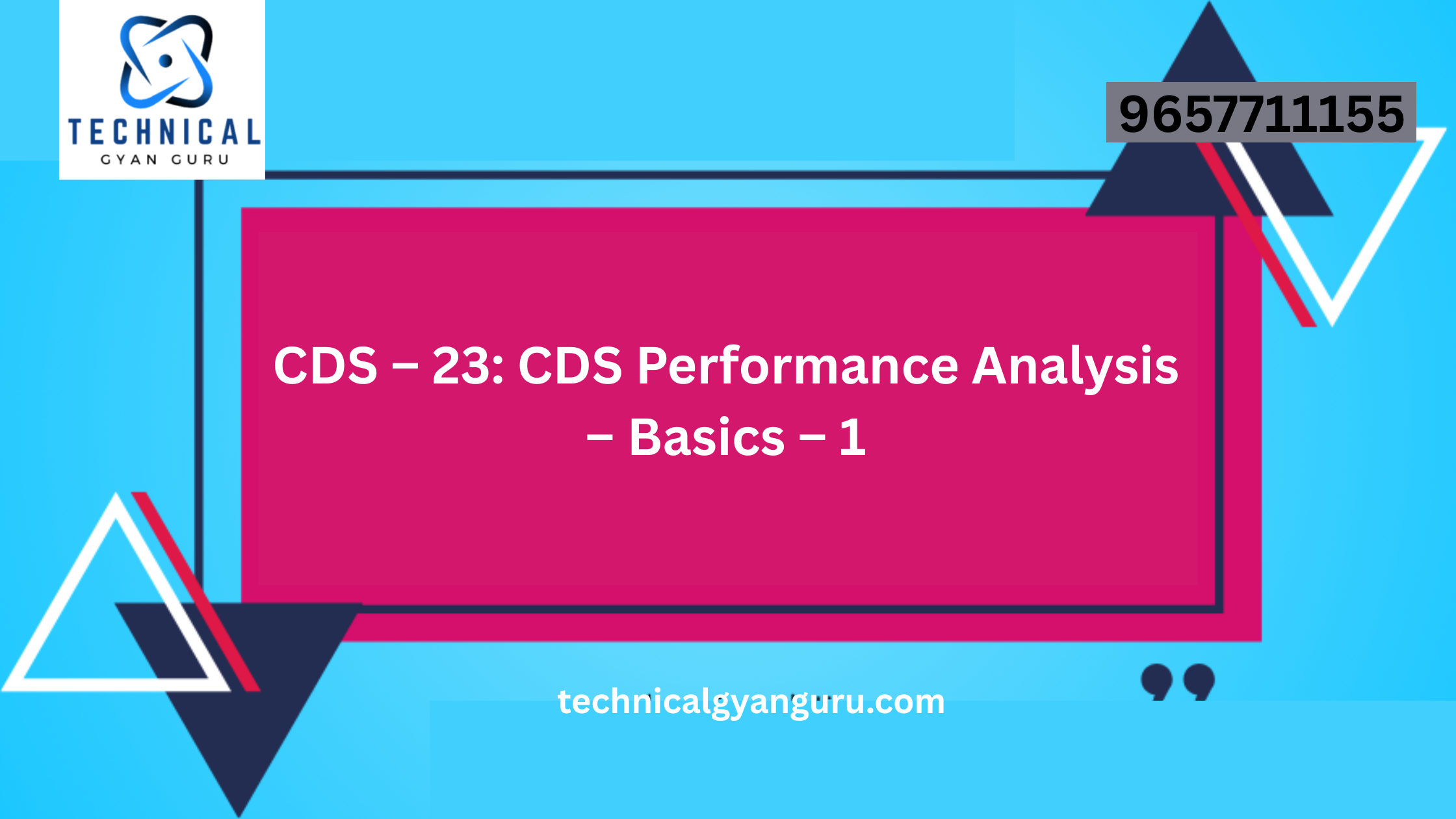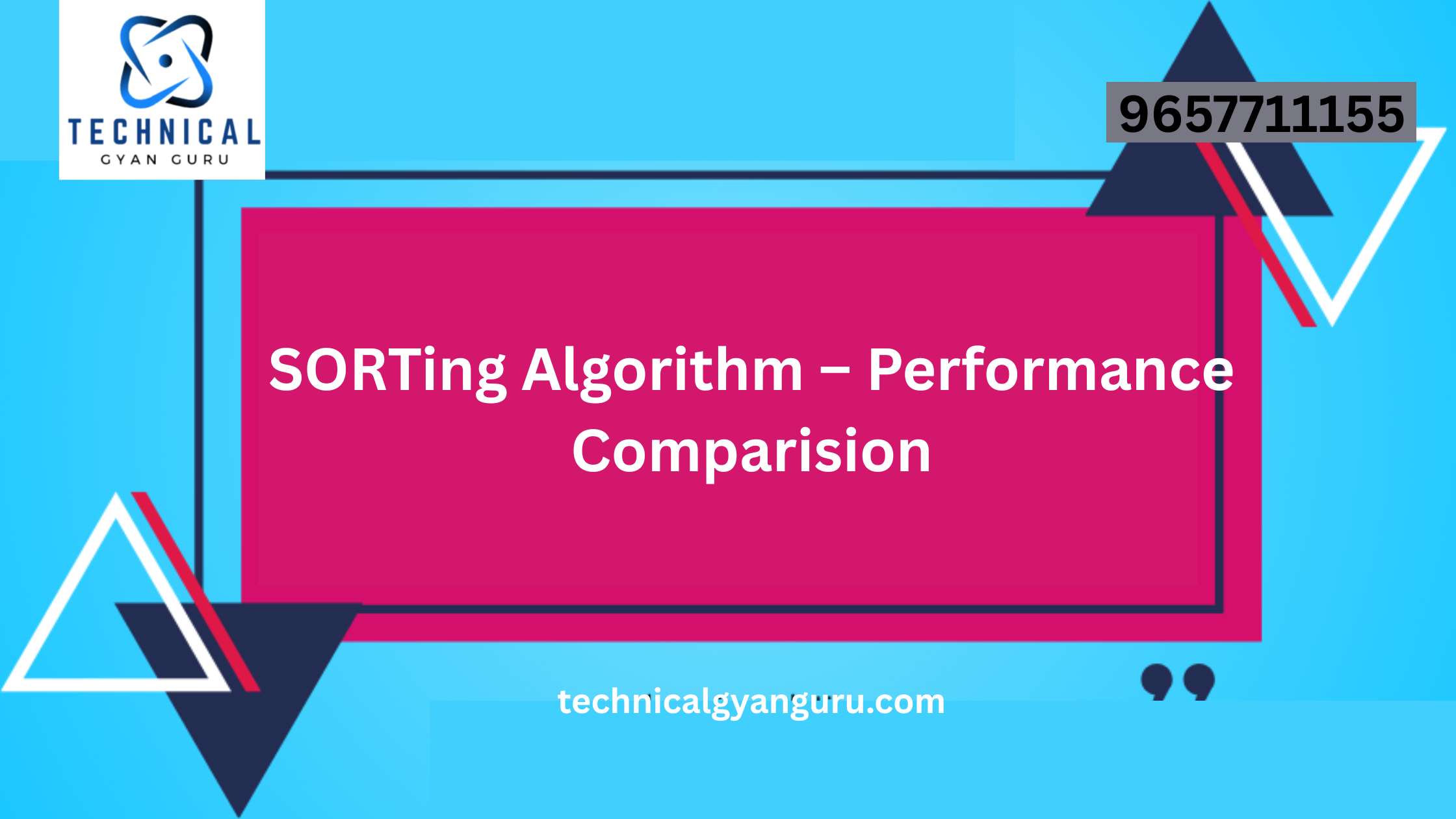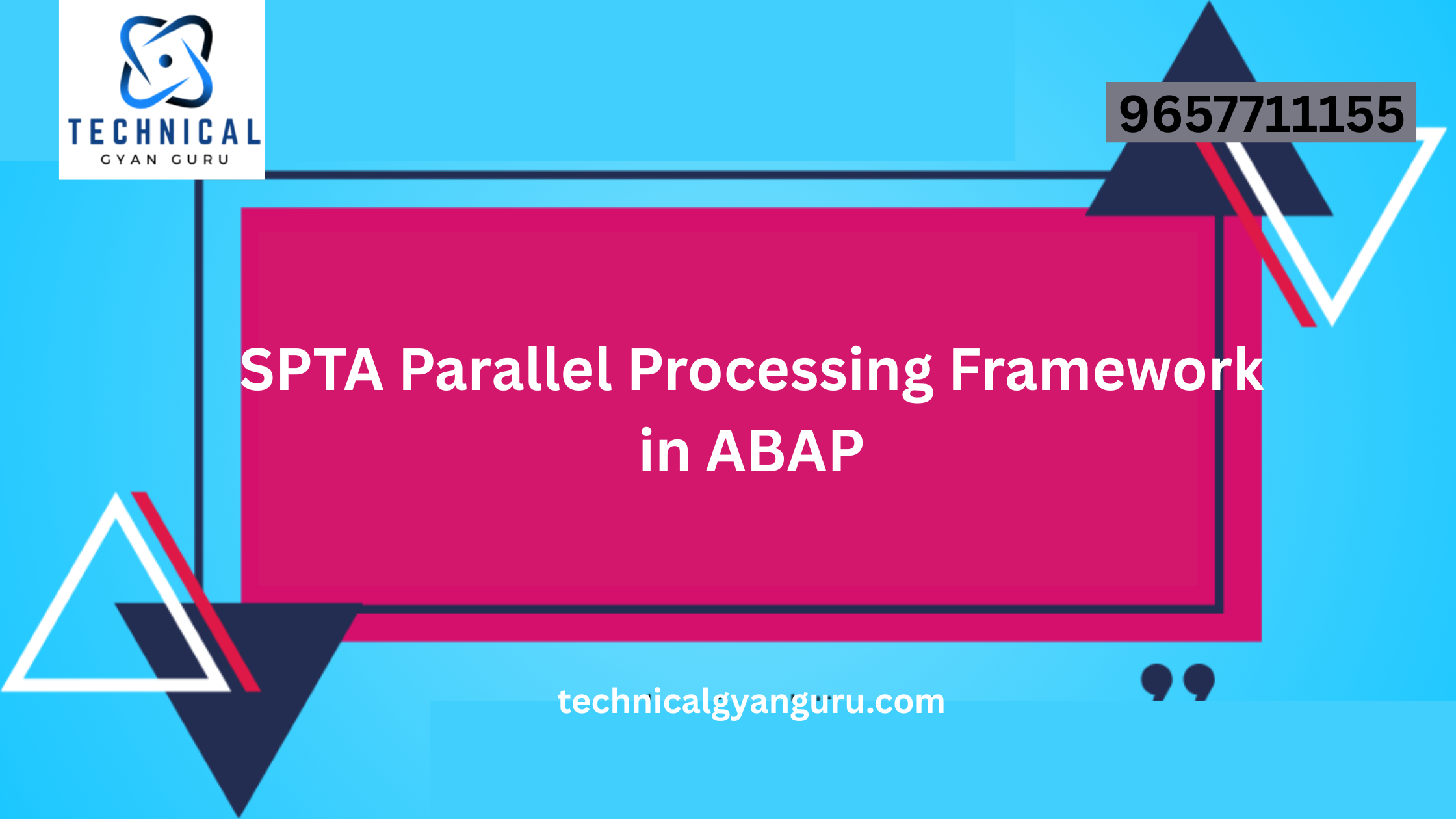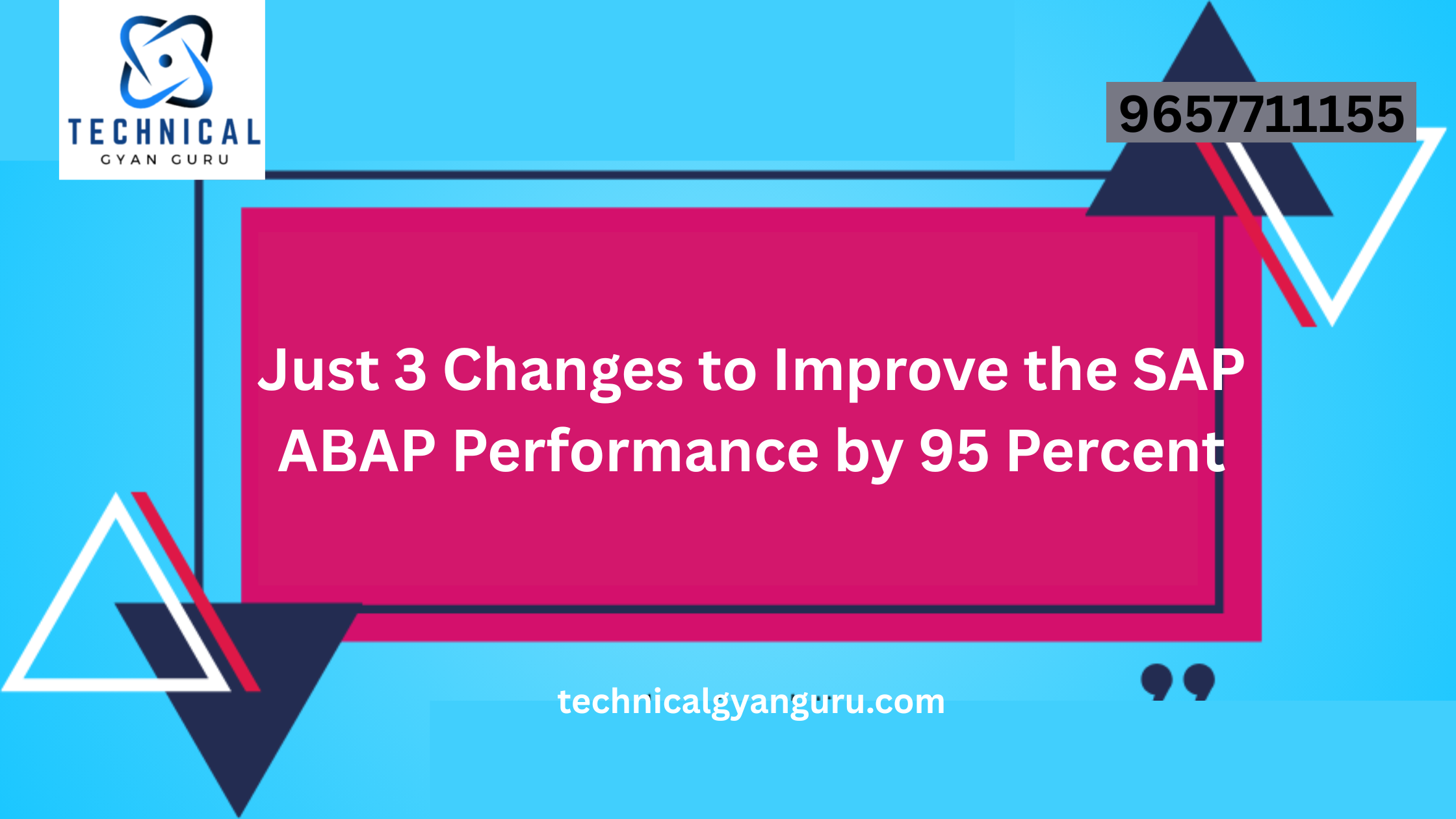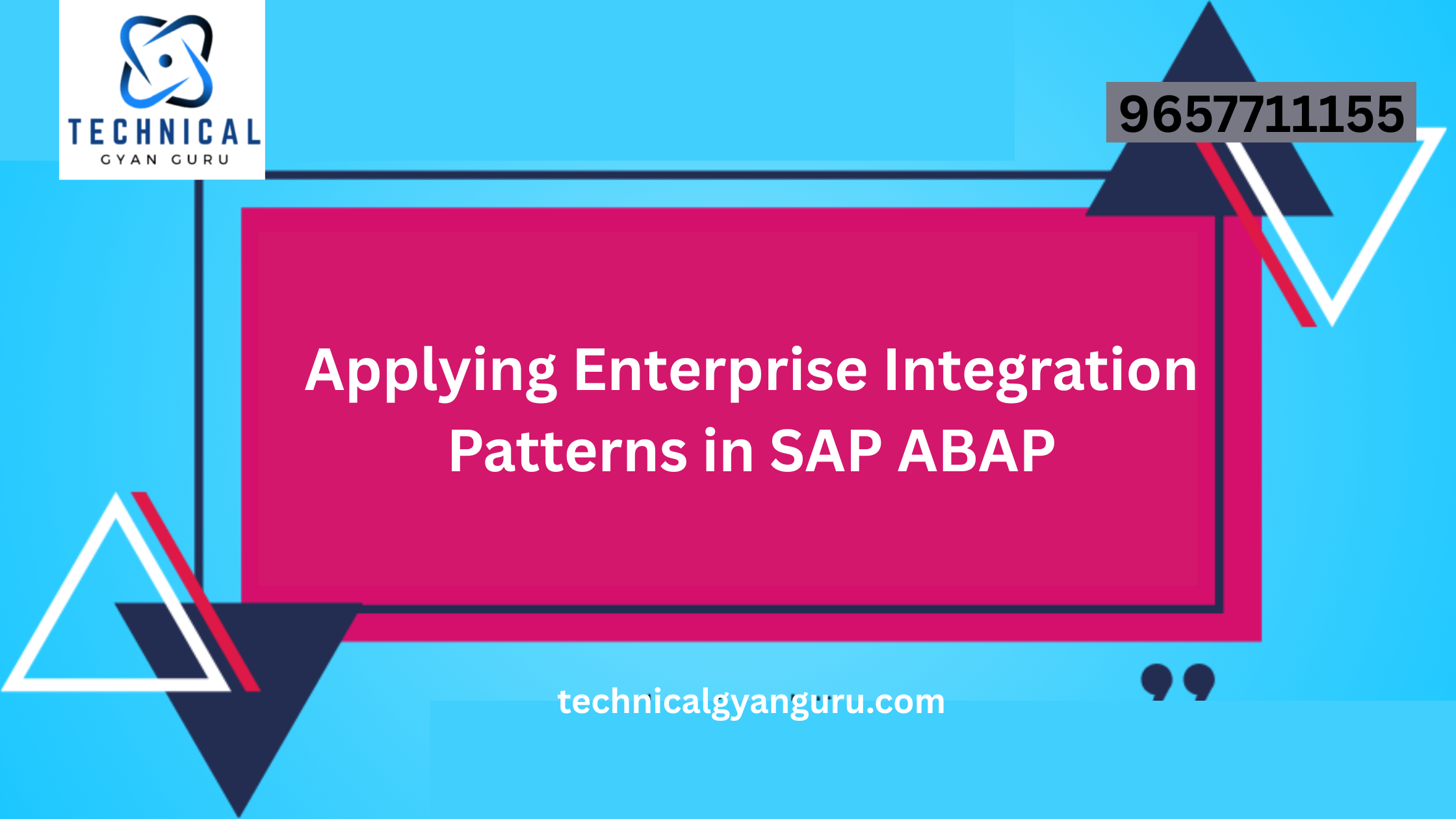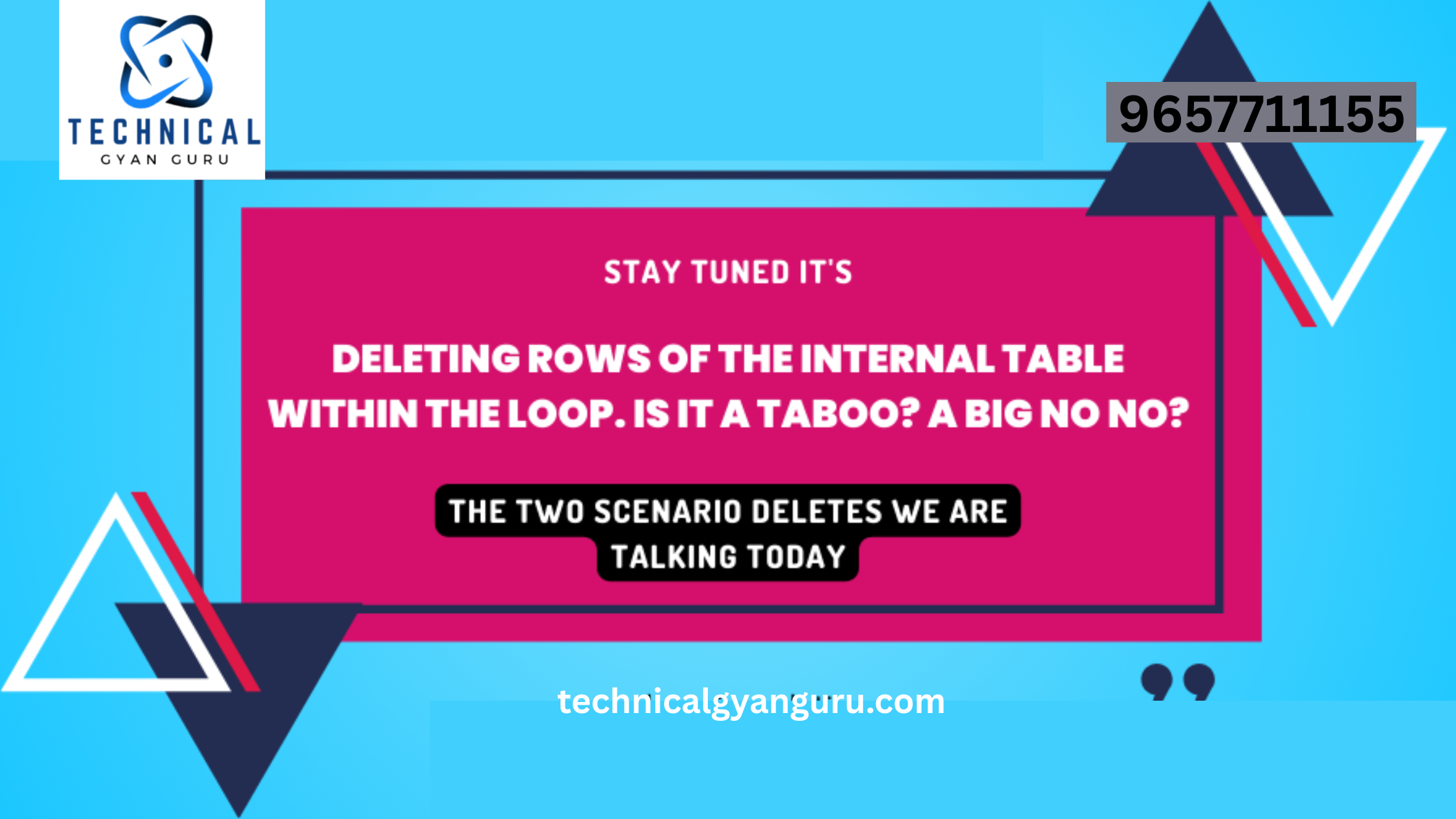Organization with Gen AI: According to a 2023 Gartner report1, more than 80% of enterprises will have incorporated generative AI (Gen AI) into their business processes in the next three years. This could potentially translate into an 80% gain in productivity across the class of knowledge workers and creative tasks.
As Gen AI continues to grow, many organizations are trying to decipher where and how to integrate this technology into their existing systems quickly.
The big question is how this change will accelerate to deliver the expected business value.
Riding the AI wave (especially with the integration of Gen AI into enterprise applications) will require organizations to take a people-centered approach, focusing on key business processes and outcomes.
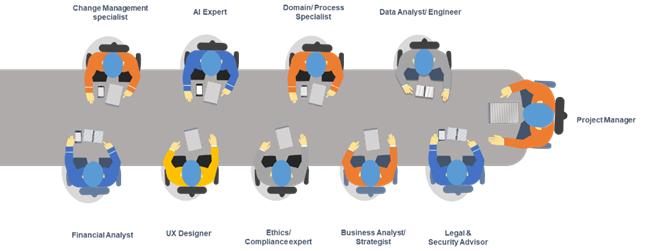
Figure 1: The Enterprise AI squad (illustrative multidisciplinary team)
To get started, organizations need to assemble a diverse, multidisciplinary team to assess potential areas for implementation and outline an organization’s plans. Integrating generative AI (Gen AI) into enterprise applications necessitates a re-examination and potential restructuring of existing business processes within an organization.
Implementation of enterprise generative AI solutions requires careful planning of workstreams to realize the embedded value through careful assessment of current processes and technology enablers.
| Key Workstreams for Gen AI Integration | Key Target State Outcomes with Gen AI Integration |
| Generative AI-driven process definitions and standards (Current state assessment and Future state formulation) | Core generative AI-driven process definitions (with exceptions) with legal, security, and ethical considerations |
| Homogenous User Experience (UX)(Autonomous and human-in-the-loop considerations) | Ensure that enterprise generative AI-powered solutions align with user needs, are intuitive, and fit seamlessly into existing workflows, enhancing user acceptance and adoption |
| Harmonized Technology Architecture (Target landscape) | Architectural (technology) considerations, including features, functionalities, and integration needs. (Fit-for-purpose, open-source architectures) |
| User training and Change Management | End-to-end toolkit for enterprise generative AI governance and explainable AI workflows |
Let us explore how a process improvement mindset can set the stage for organizations embarking on embracing enterprise generative AI in an ecosystem.
1. Process optimization for AI integration
This involves assessing tasks that could benefit from AI automation or enhancement, such as customer service, data analysis, content summarization, new content generation, or decision-making processes. Thus, generative AI-driven processes are optimized for better user adoption and experience.
2. Identifying process inefficiencies and bottlenecks
Embracing a process improvement mindset involves recognizing inefficiencies or bottlenecks in existing workflows that could benefit from Gen AI integration, automation, or enhancement. It allows for the identification of areas where Gen AI can streamline operations.
3. Mapping current processes
Understanding current business processes is essential before integrating Gen AI. Mapping out workflows can help in identifying pain points and opportunities for improvement depending on the fit-gap analysis.
4. Defining objectives and key metrics
With a process improvement mindset, organizations can align enterprise Gen AI solutions and offerings with specific organizational objectives and key performance indicators (KPIs). Thus, Gen AI implementation can be traced to the set goals (targets), such as efficiency gains, cost reduction, or improved customer experiences powered by generative AI-driven processes.
5. Collaboration and cross-functional teams
Adopting a generative AI-driven process improvement approach involves collaboration across different departments or teams within an organization. It encourages cross-functional teams (including AI specialists and ethical/legal/security advisors) to work together in evaluating, designing, and implementing responsible enterprise generative AI solutions. (Illustration in Figure 1: The AI squad)
6. Human-centered design and feedback loop
Integrating Gen AI should focus on user experience, usability, and task augmentation to accelerate and assist the completion of a user’s desired outcomes (human-in-the-loop). A process improvement mindset involves soliciting feedback from end users right from the design phase till implementation and iterating based on their input to ensure the AI fits seamlessly into workflows.
7. Adaptability and flexibility Organization with Gen AI
Embracing a generative AI-driven process improvement mindset acknowledges the dynamic nature of technology. It encourages organizations to be adaptable and flexible, ready to pivot and adjust processes to accommodate evolving AI capabilities and organizational needs.
8. Data-driven decision-making
Gen AI integration needs to be supported by data-driven decision-making. A process improvement mindset involves leveraging AI-generated insights to inform process changes, enabling data-driven optimizations.
9. Training and empowerment
Training and development of employees to ensure seamless engagement with generative AI-driven processes is crucial to the overall success of the organization. A process improvement mindset ensures that the workforce is equipped with the skills and knowledge necessary to leverage AI technologies effectively.
10. Ethical and regulatory compliance
A process improvement mindset encompasses considerations for ethical AI usage and compliance with regulations. It ensures that AI-integrated processes align with ethical standards and legal requirements.As Gen AI evolves and learns from new data, organizations need to adopt a culture of continuous improvement. This involves iterating on processes, experimenting with AI applications, and learning from outcomes to refine strategies over time.In essence, integrating Gen AI into enterprise applications demands a comprehensive review of existing business processes, necessitating adjustments to harness the full potential of AI technologies. It’s not just about incorporating AI into the existing framework but rather reimagining processes to leverage AI’s capabilities effectively while aligning with organizational goals and ethics.



